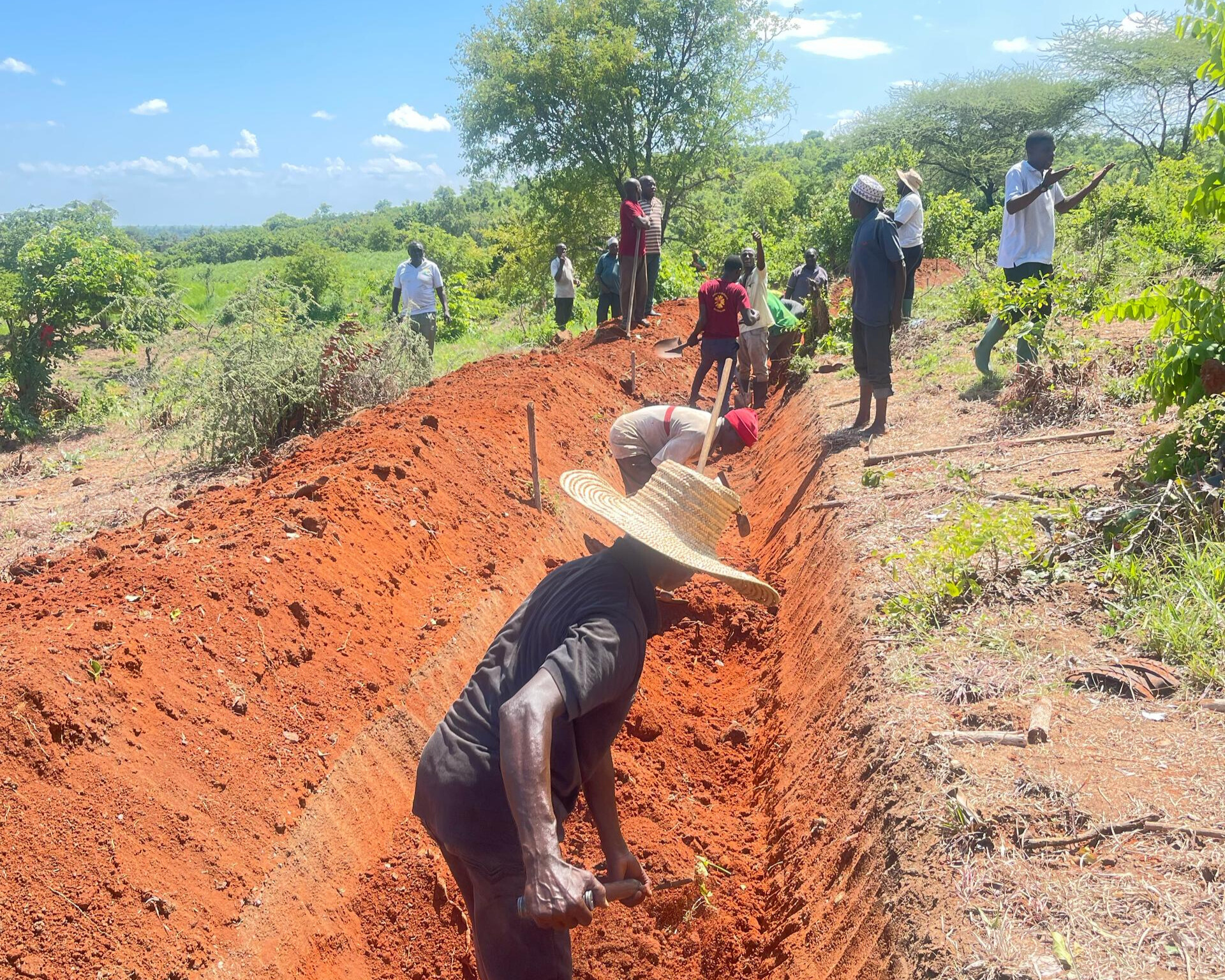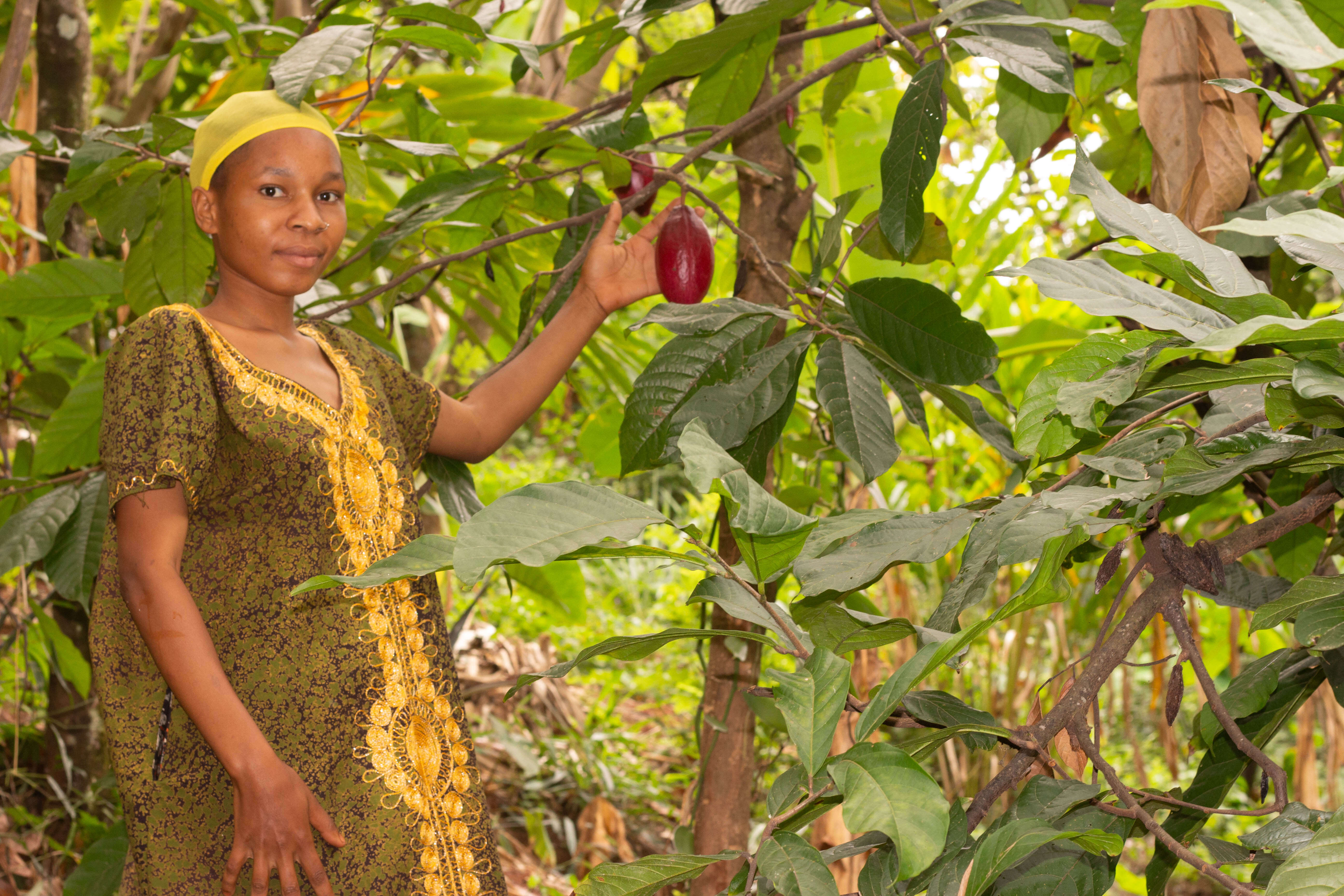The PrAEctiCe Project and Sustainable Agriculture Tanzania's Vision for Resilient Food Systems

In today's world, where maintaining ecological balance and ensuring food security have become critical issues, the PrAEctiCe project stands out as a shining example of sustainable change. Spearheaded bySustainable Agriculture Tanzania (SAT), this ambitious initiative seeks to transform the aquaculture sector by seamlessly integrating it with agroecological practices and creating resilient food systems.
SAT’s commitment to sustainable food and agriculture practices forms the backbone of the PrAEctiCe project. By organizing trainings, SAT is creating a ripple effect of knowledge and skills among local farmer representatives. This initiative is more than just training; it's about cultivating a community of informed farmers who can adapt and thrive in changing climates.

The PrAEctiCe project focuses on living labs, where an integrated fish-poultry system is being developed by SAT. The Farmer Training Centre in Vianzi, Mvomero, Morogoro, features a lab that demonstrates this innovative approach. In this lab, a fish pond, vegetable plot and poultry are combined to create a sustainable ecosystem that benefits both sectors. The lab serves not only as a research facility but also as a classroom where practical, scalable solutions are developed and tested.

Empowering Through Aquaponics
The integration of aquaponics in the living lab is a game-changer. By utilizing aquaculture sludge and poultry manure, SAT is demonstrating how waste can be converted into a resource, enhancing soil productivity and ensuring efficient water use. This approach is a prime example of how SAT is blending traditional knowledge with modern techniques to create sustainable food systems.
Before moving forward let us first understand theRole of Sustainable Aquaculture
Aquaculture, the farming of aquatic organisms such as fish, crustaceans, mollusks, and aquatic plants, plays a significant role in global food security. As the world's population continues to grow, sustainably managed aquaculture systems have the potential to provide a substantial source of protein while minimizing the environmental impacts traditionally associated with food production. During periods of crisis such as economic downturns, natural disasters, or pandemics, the resilience of sustainable aquaculture becomes particularly paramount.

So, sustainable fish farming is about striking a balance between economic needs and environmental stewardship. Practices such as localized production, reduced pressure on wild fisheries, and environmental sustainability are at the forefront of SAT’s approach. These practices ensure that communities can sustain themselves, especially during crises.
Small-scale fisheries often overlooked, play a crucial role in food sovereignty, especially in times of crisis. They contribute significantly to global nutrition, providing essential protein and micronutrients. Sustainable fish farming, as championed by SAT, offers a lifeline in maintaining food security and preserving cultural heritage.

We launched the first stakeholders engagement workshop here in Morogoro, Tanzania. Bringing together 15 dedicated participants from various regions, the workshop, inaugurated by our CEO Janet Maro, embarked on a journey of collaboration and innovation. The stakeholders actively validated diverse Agroecological Practices (AEPs) tailored for smallholder farmers, shining a light on the unique agricultural landscapes of East Africa.
The PrAEctiCe project, which is implemented by SAT's and kindly supported by theEuropean Union Horizon, is not just an agricultural initiative; it is a change towards a sustainable farming. The project aims to create systems that are not only productive but also resilient, adaptable, and environmentally conscious. As we move forward, we continue to lead the way in sustainable agriculture, demonstrating that the path to a secure food future lies in harmonizing with nature.







